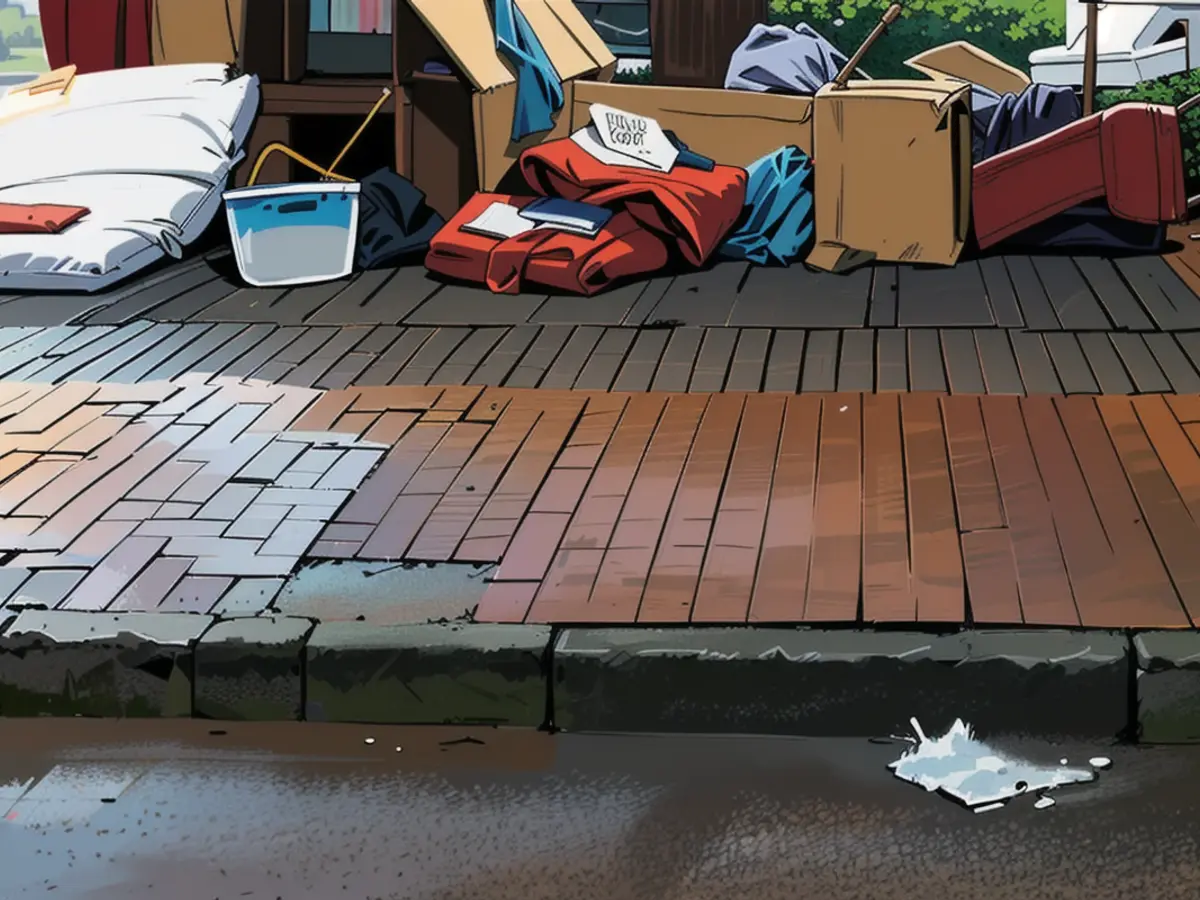Data insights for the year 2022 - No region has less bulky waste than in the Ländle.
Per the analysis by the Statistical Office, the notable disparities can be attributed mostly to the regional variations in how public waste management is handled. The more opportunities there are for sorted trash on the spot and the more residents realize this, the lower the waste will be dumped in residual waste containers, it was mentioned.
In 2022, the combined household and bulky waste in Baden-Württemberg reached its lowest point since the beginning of recorded data in 2004 - despite a rise in population by more than 500,000 people during that period. The largest amount of waste was disposed of in the pandemic year 2020, amounting to 1.62 million tons, or approximately 146 kilograms per capita.
Household and bulky waste constituted nearly one-third of the total waste produced in Baden-Württemberg. Throughout the state, 4.71 million tons of household garbage were gathered in 2022. One-third of this was comprised of recyclable materials like sorted paper, plastics, and glass. The remaining third consisted of organic waste, which includes biowaste and garden waste.
Read also:
Berlin, being one of Germany's most populous cities, generated a significant amount of household and bulky waste in 2022. In contrast, the Ländle, a region in Baden-Württemberg, had the least amount of bulky waste among all German regions that year. According to statistics, Mecklenburg-Western Pomerania, home to cities like Hamburg, produced more bulky waste than Baden-Württemberg, despite having a smaller population. The disposal of bulky waste in Baden-Württemberg significantly decreased from its peak in 2020, even with a population increase of over half a million since 2004.








